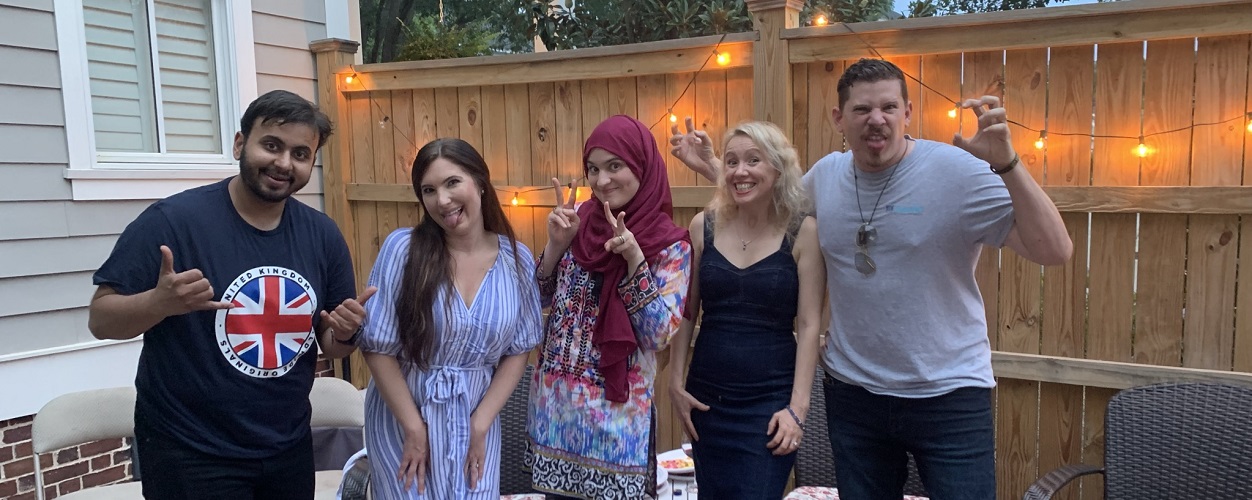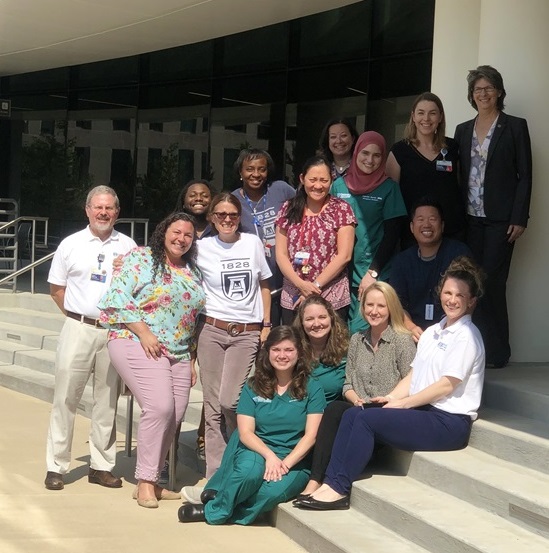| Yes, the majority of faculty are EM- PEM or PED-PEM trained. There are also EM boarded
physicians who provide some overnight coverage to maintain their exposure to children. |
Three years for pediatric trained. Two years for emergency medicine trained. |
We have nursing order sets for designated patient complaints that expedite care for
certain subsets of patients such as neonates with fever, hyperglycemia, sickle cell
patients with pain crises and fever. We have guidelines for asthma, bronchiolitis,
DKA, appendicitis, and sexual assault. |
We are based in the department of Emergency Medicine. |
We have been a separate but contiguous emergency department with the general emergency
department since 1999. We see about 30,000 patients a year. Our age cutoff is 21
years. However, we only manage acute trauma patients up to the age of 13 years. We
serve a population of 560,000 in the immediate metropolitan area and are considered
an urban teaching hospital with the associated demographics that are typical for that
setting. About 60% of our patients are Medicaid, and about 10% are self pay. We have
about 75% of the market share in our region. |
Fellows perform as junior supervisors early in fellowship. Fellows primarily work
a 3p – 12 a shift with occasional day and overnight shifts. |
We have a cadaver lab in conjunction with the emergency medicine residency, a pig
lab, and a simulation lab. The institution has a high fidelity simulation lab. |
All subspecialties in pediatrics are represented.
|
We use electronic charting exclusively. We presently use the ASAP platform in EPIC.
Our department works closely on refining and making changes appropriate for the emergency
setting.
|
No. We are fortunate to have our assistant medical director as part of the sedation
committee for the hospital. ED physicians perform all the procedural sedation in the
emergency department. We are able to use propofol, ketamine and nitrous as well as
other sedatives for appropriate levels of sedation. |
We have several ultrasound machines in the Pediatric ED. We additionally offer a
pediatric emergency ultrasound medicine fellowship. |
We staff 4 x9 hour shifts a day. 7a, 3p and 11p. A midday shift, noon to 9p is staffed
by an attending, an APP or a general pediatrician.
|
Yes. Fellows may moonlight internally if in good standing with the program and passage
of primary boards is accomplished. External Moonlighting is allowed with approval
of program leadership and the clinical competency committee.
|


